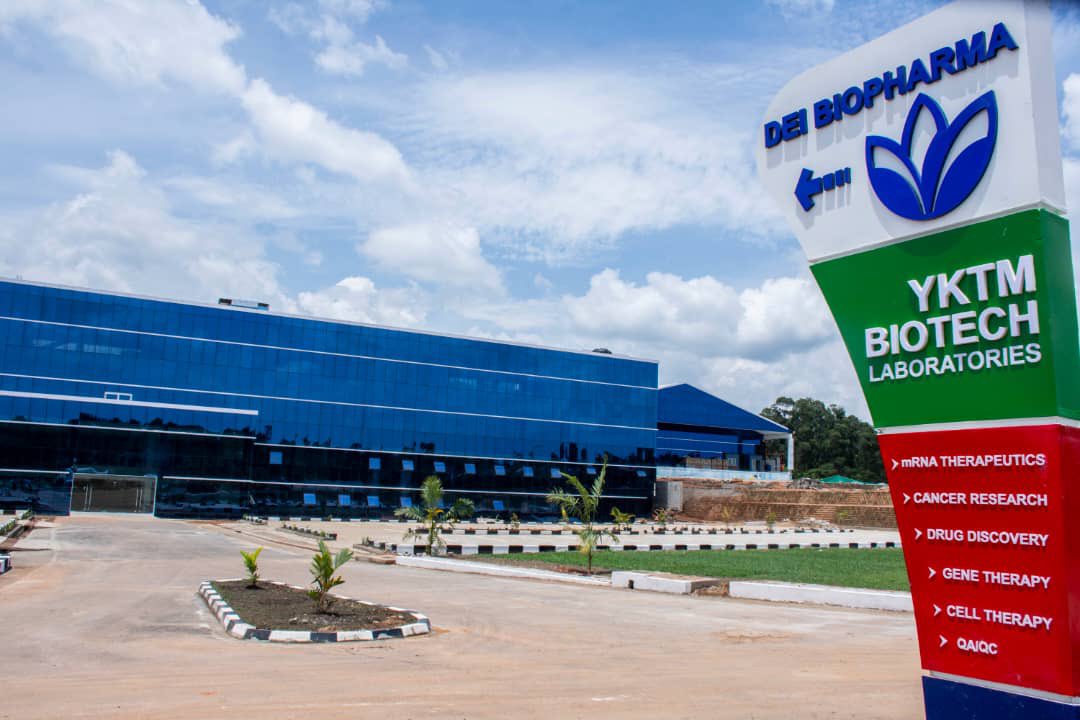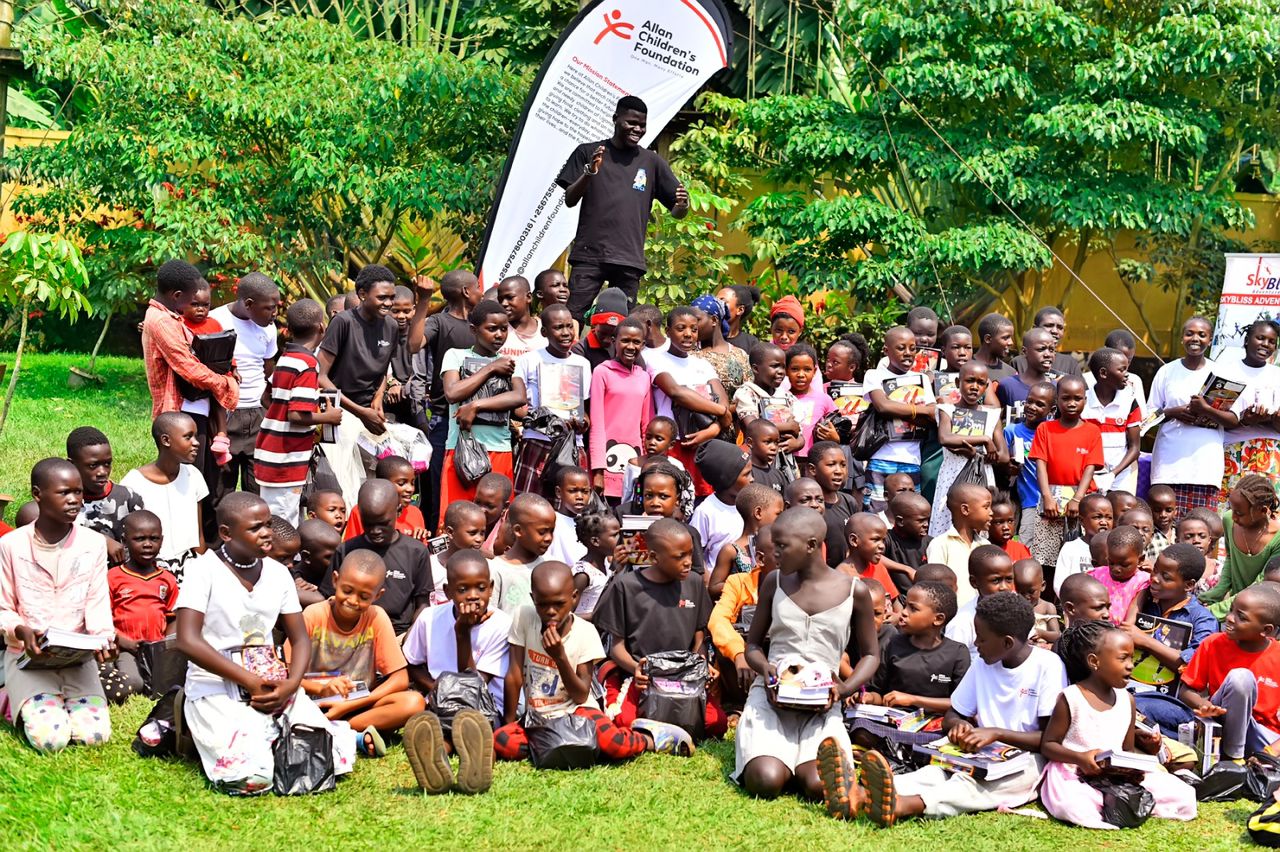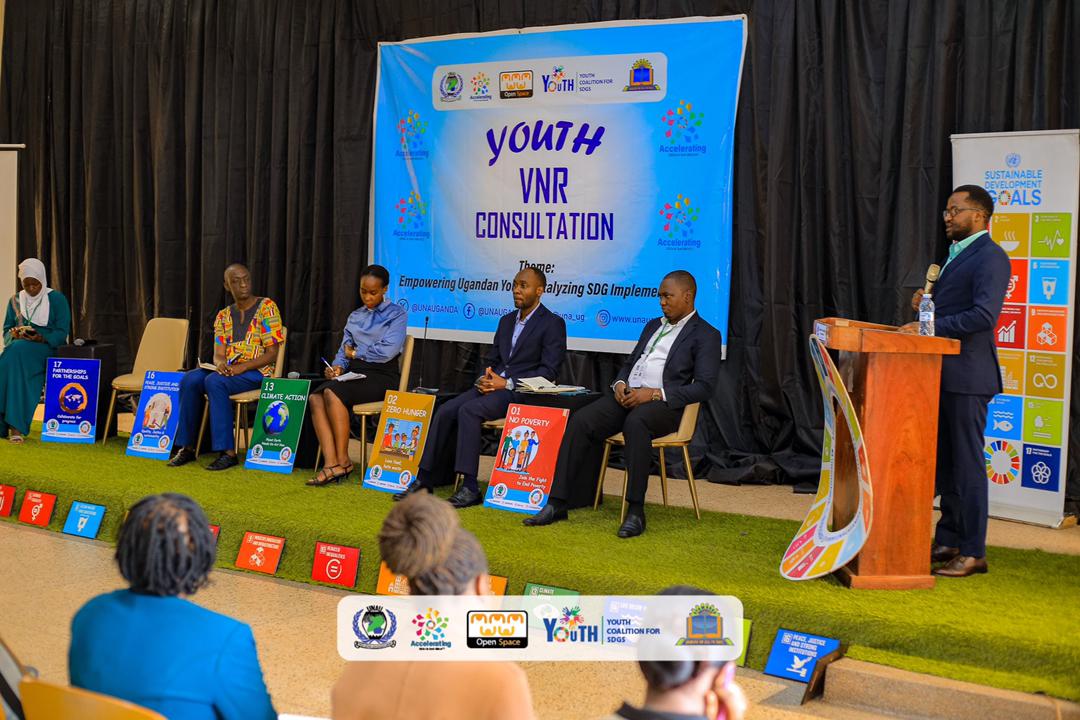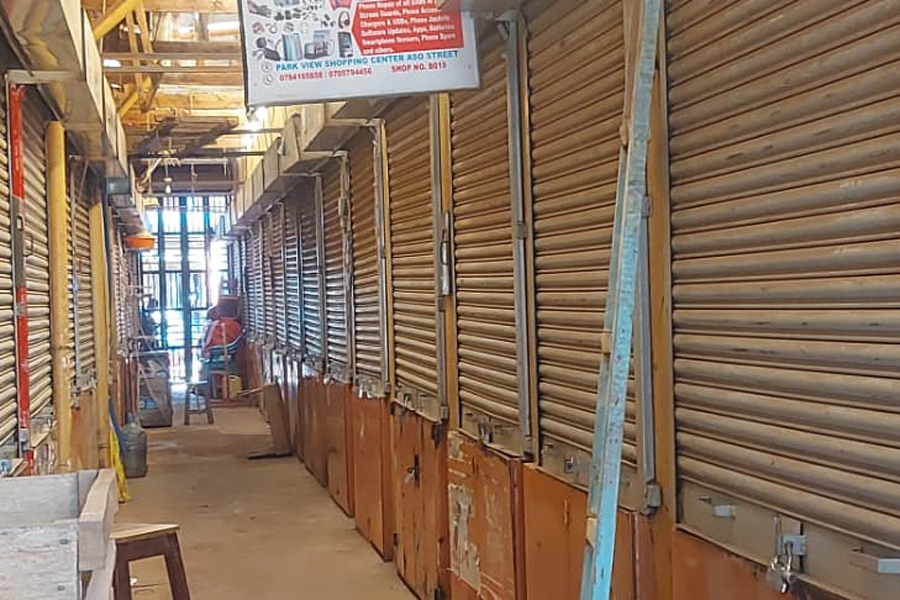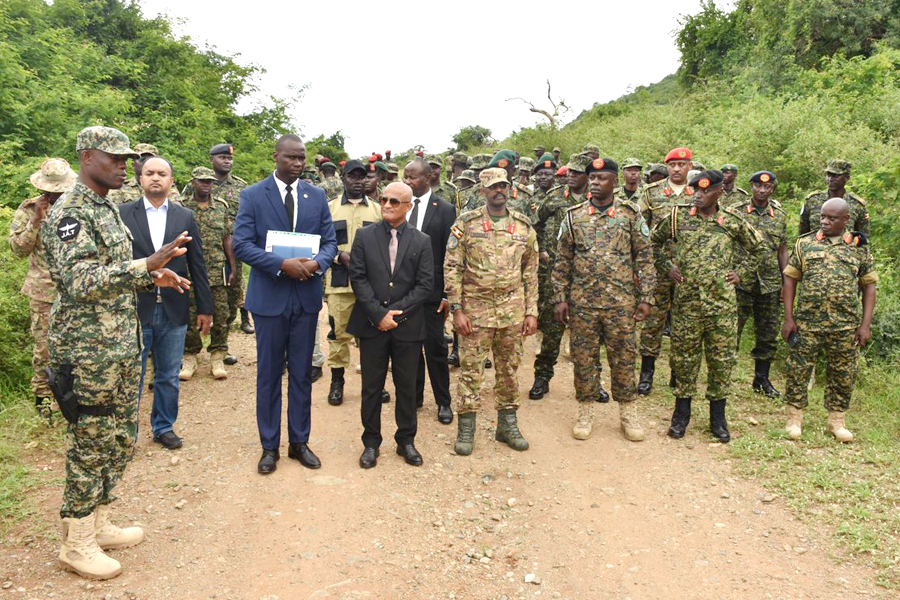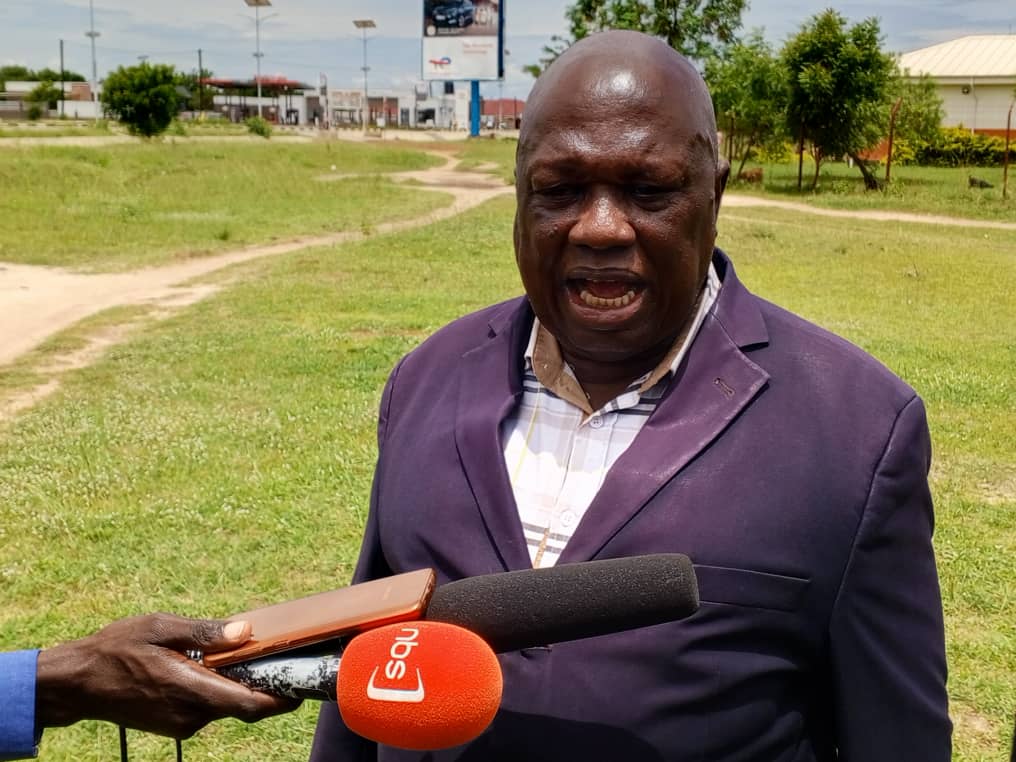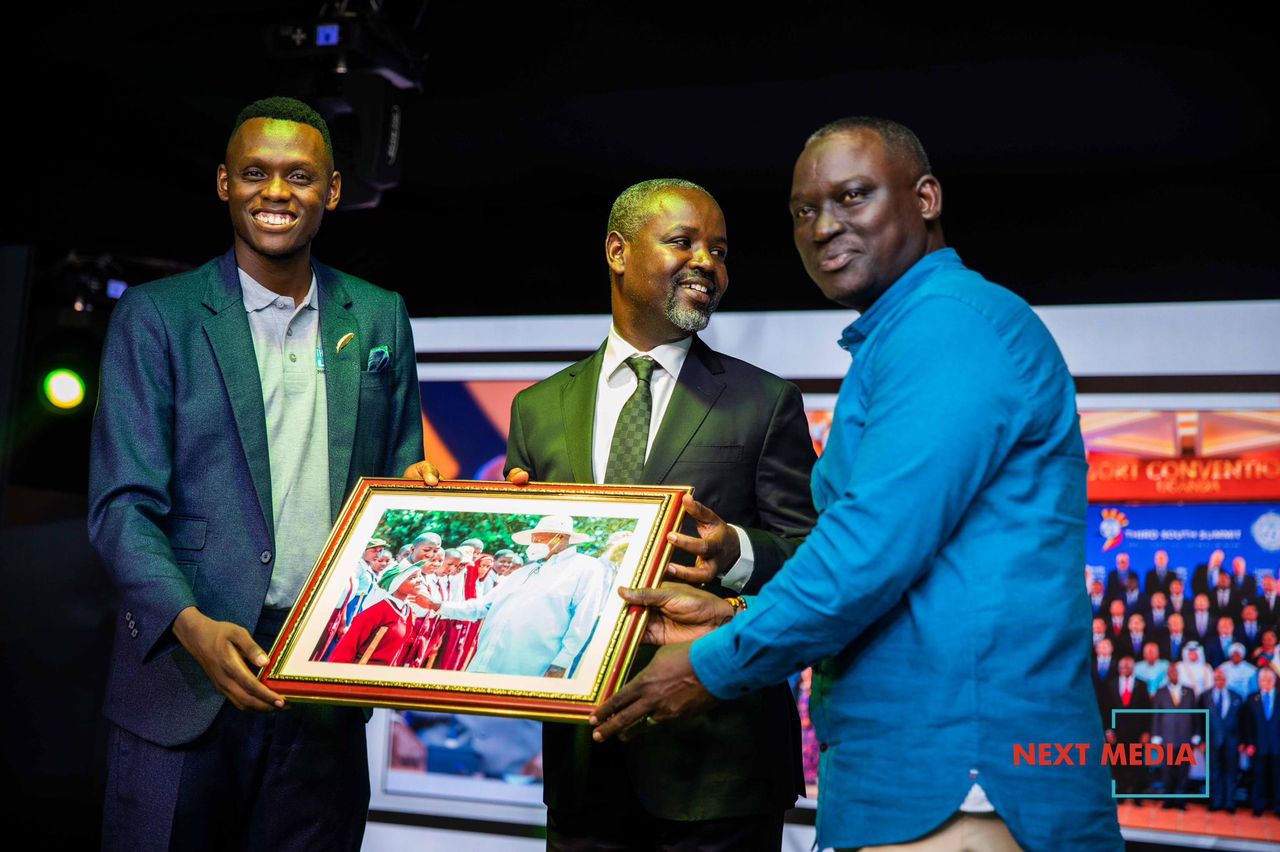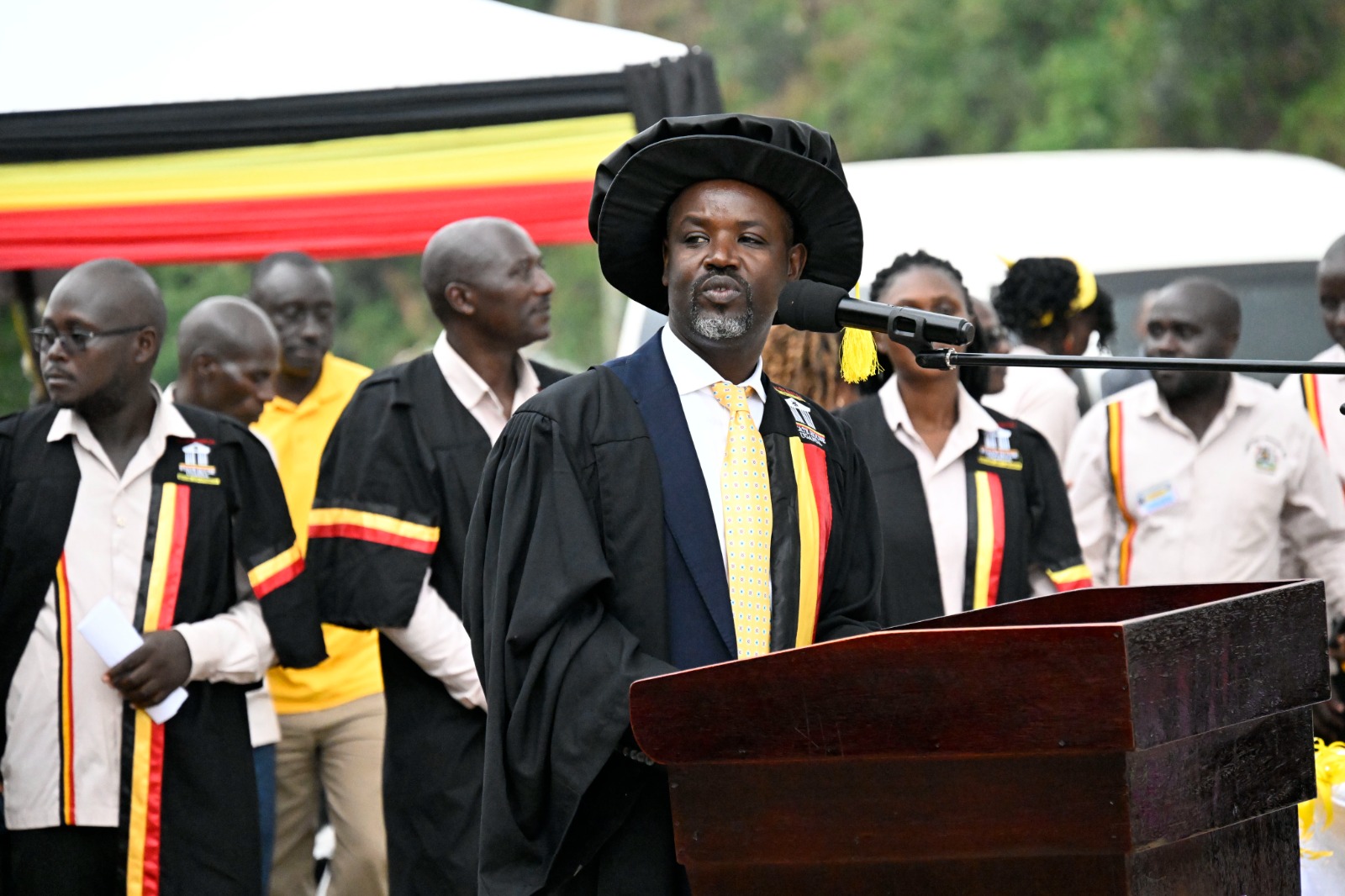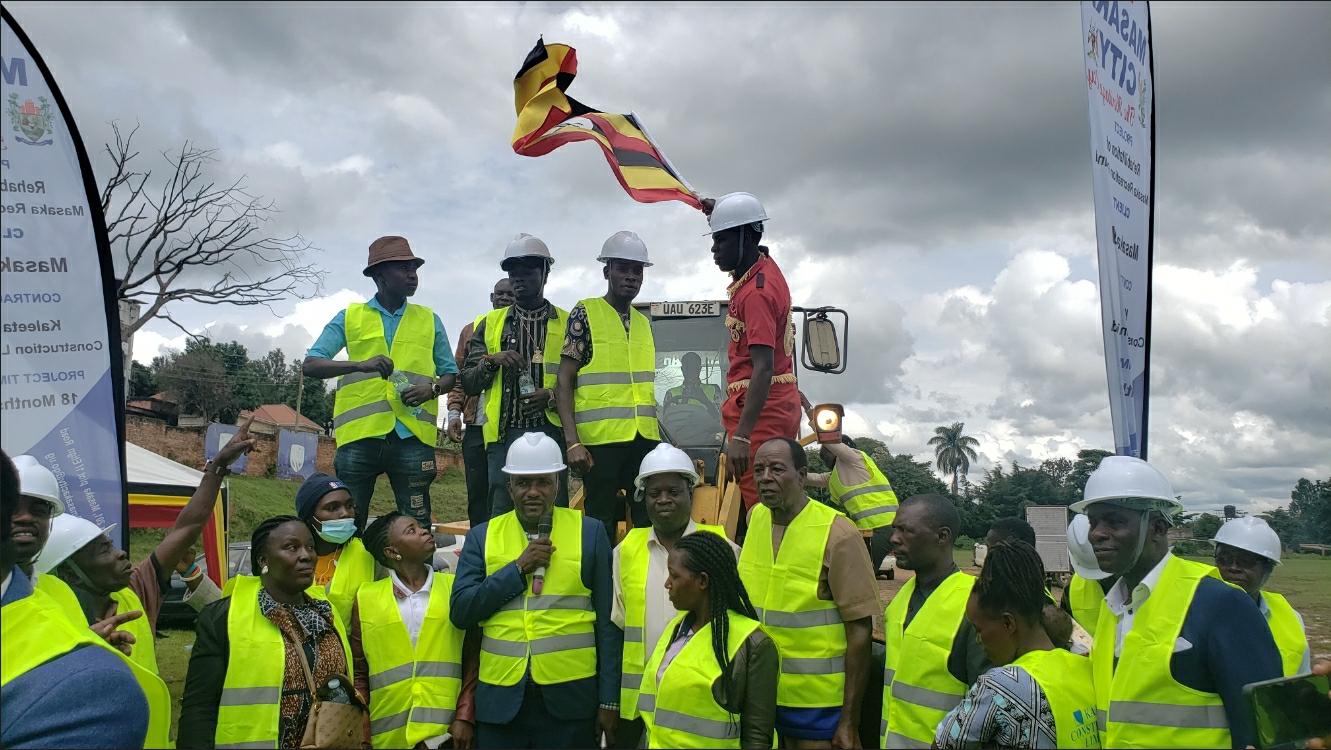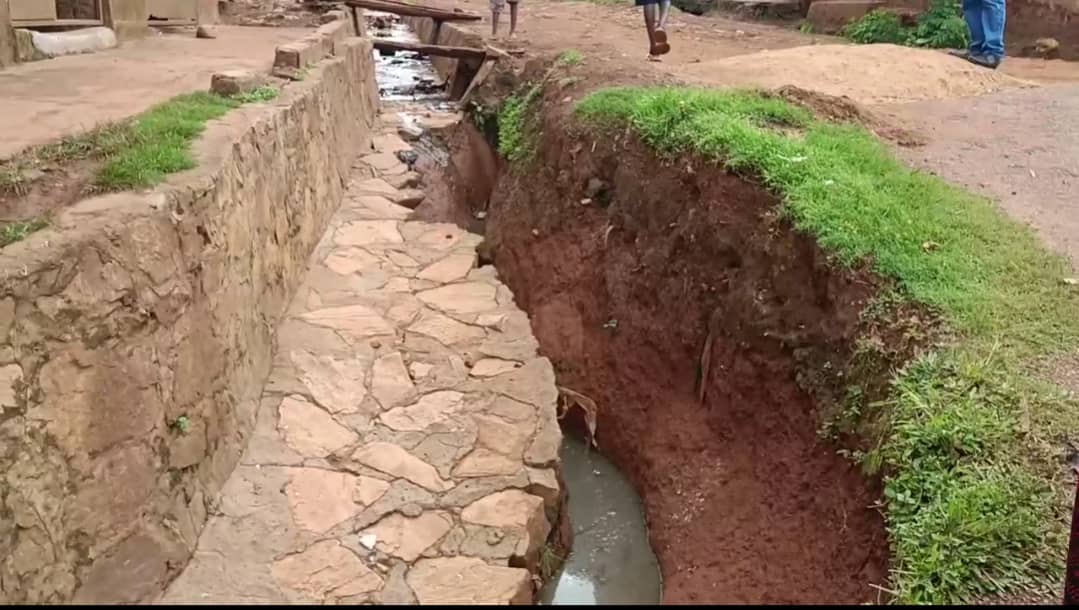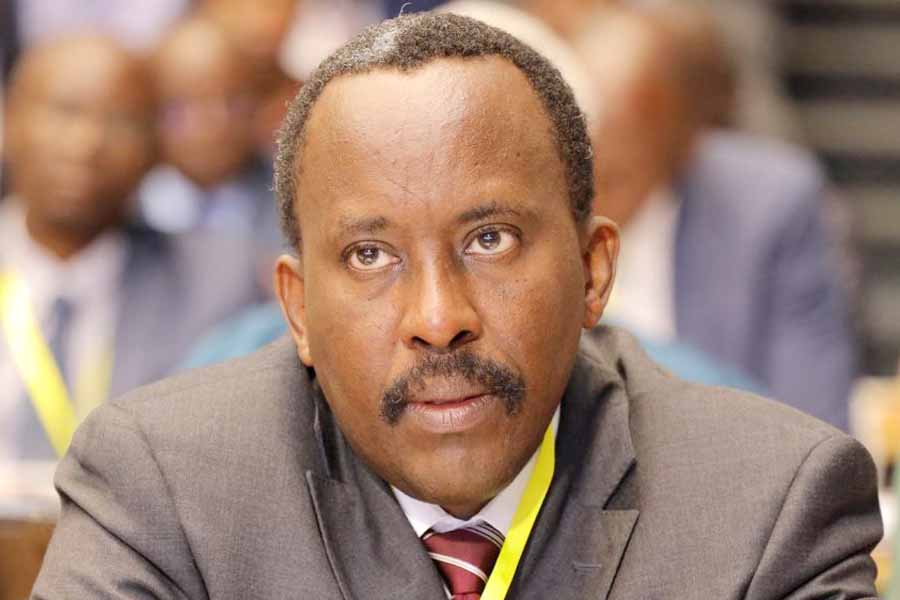Putting people before oil projects
Uganda’s nascent upstream oil and gas industry is progressing from exploration (and appraisal) to development and production stages.
A total of nine (9) petroleum production licenses to major oil companies – CNOOC/Total/Tullow (MEMD 2016). First Oil is anticipated in the early 2020s.
Various technical studies are underway to inform final investment decision which is expected by end of year.
There will be plenty of infrastructure projects such as well pads, central processing facilities, pipelines, roads, camps and waste disposal pits that will be established on people’s land.
This positive development, however, is causing concern. Many are wondering whether such multi-billion-dollar projects are on the right paths of achieving “societal acceptance,” “public acceptance,” and “social acceptance.”
Based on my knowledge gained from experiential learning, there is evidence to prove that people’s views are put ahead of the petroleum upstream project during the development phase.
Various stakeholders such as communities, authorities (local and central government), Kingdoms and cultural institutions, civil society groups and businesses have been critical in consultation and disclosure processes.
For instance, during drafting of the Land Acquisition and Resettlement Framework (LARF) all stakeholders mentioned above were informed, involved, consulted and their feedback incorporated in the final and endorsed documents.
The framework seeks to:
- Standardize the approach to land acquisition across the Albertine Graben region;
- Clearly define a framework of terminology, objectives, policies, principles and organizational arrangements that will govern resettlement activities;
- Assist with application of and compliance with Uganda legal requirements and International Finance Corporation (IFC) standards, and;
- Provide the overarching policy framework for the development of upstream oil and gas facilities.
In all the engagements, the use of local languages has been encouraged to show sign of respect and ensure that information provided is understood.
Technical information is summarized and illustrated in a manner that is comprehensible to stakeholders.
Key steps of land acquisition and resettlement framework including planning, consultations, surveys, draft resettlement action plans and implementation were disclosed to stakeholders for their input. Stakeholders are assured that they are involved and engaged in each and every step in the process.
Similarly, stakeholders have been informed that they are part of the Environment Social Impact Assessments (ESIA) processes which include scoping, baseline data collection, impact assessment, mitigation measures and reporting.
The purpose of ESIA is to enable stakeholders understand the proposed project, potential impacts, and how they will be managed and potential benefits of the projects.
In doing so, the upstream joint venture partners use various tools depending on type of engagement.
For instance, meetings, notice boards, flyers, brochures, group discussions radio stations progress reports, Frequently Asked Questions (FAQ) and websites are used for disclosures, consultations, updates, public dialogue, workshops feedback engagement and learning forums
From the examples cited in this piece, it is safe to suggest that Uganda’s petroleum development phase puts people ahead of projects.
The author is a digital and social media analyst at Uganda National Oil Company Limited.


